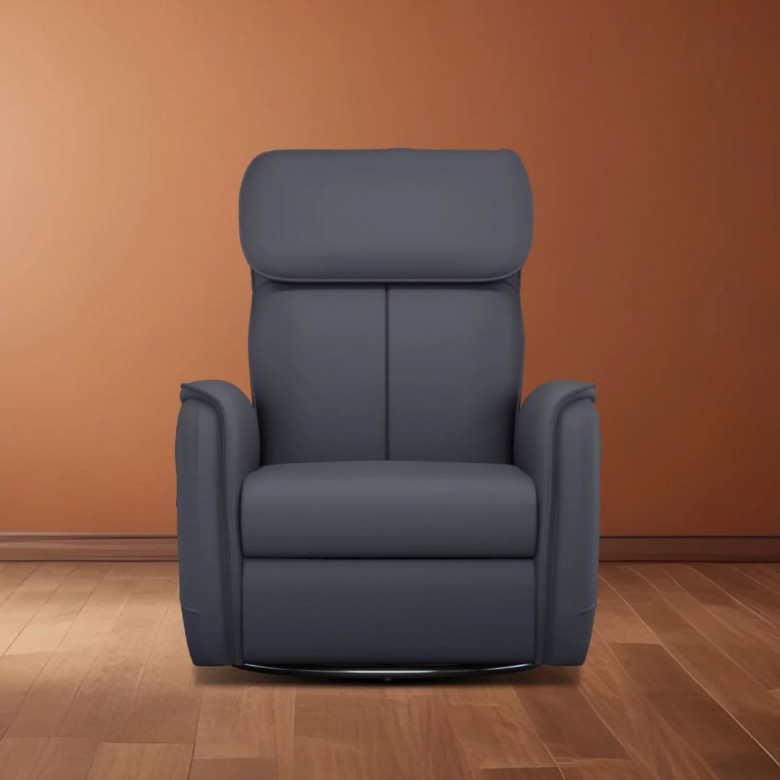views
In today’s fast-paced lifestyle, stress, body fatigue, and muscle soreness are common. Whether you’re an office worker spending hours at a desk or an athlete pushing physical limits, a massage chair can be a game-changing investment in your health and well-being. But with so many models and features available, how do you choose the right one?
This guide walks you through the essential factors to consider when selecting a massage chair that fits your body type, lifestyle, needs, and budget.
1. Understand Why You Need a Massage Chair
Before diving into specifications, determine your primary reason for buying a massage chair. Ask yourself:
-
Do you need pain relief in specific areas like the lower back or shoulders?
-
Are you recovering from an injury or surgery?
-
Do you want it primarily for relaxation and stress relief?
-
Will multiple family members use it?
-
Do you have athletic recovery needs?
Knowing your goal will help narrow down your options and avoid overspending on unnecessary features.
2. Choose Between Basic and Advanced Massage Types
Massage chairs offer different techniques to replicate human massage. Common types include:
-
Kneading: Ideal for tight muscles and knots.
-
Tapping: Stimulates circulation and relaxes muscles.
-
Rolling: Stretches and decompresses the spine.
-
Shiatsu: Deep pressure massage for intense tension relief.
-
Air Compression: Gently squeezes arms, legs, and feet to improve circulation.
For general relaxation, a basic model with kneading and tapping might be sufficient. For deeper therapeutic needs, look for chairs with Shiatsu, air massage, and heat therapy.
3. Consider Body Fit and Customization
Massage chairs are not one-size-fits-all. If you’re tall, short, broad-shouldered, or petite, comfort and coverage can vary. Look for:
-
Adjustable rollers: To target your exact back length.
-
Extendable footrests: Helpful for taller users.
-
Height and weight capacity: Always check manufacturer specifications.
Some advanced models come with body scanning technology, which maps your body shape and adjusts the massage path accordingly. This ensures optimal comfort and effectiveness.
4. Full Body vs. Targeted Massage
Decide whether you want a full-body massage or need relief for specific areas like your lower back, neck, or feet.
For full-body coverage:
-
Look for chairs with L-track or S-track systems that follow the natural curvature of your spine.
-
Ensure they include foot and calf massage via airbags or rollers.
For targeted therapy:
-
Choose a chair with manual settings so you can isolate the massage to your problem area.
-
Some models let you set the speed, intensity, and duration for each region.
5. Check for Heating and Zero-Gravity Features
Certain features can elevate your experience and provide medical-grade benefits.
Heat Therapy:
Heat helps loosen tight muscles, improve blood flow, and relieve chronic pain. Look for chairs with infrared or lumbar heating zones, especially if you suffer from back stiffness or arthritis.
Zero-Gravity Positioning:
This NASA-inspired design reclines the body so your legs are elevated above your heart. It:
-
Reduces pressure on the spine
-
Improves circulation
-
Enhances deep relaxation
Zero-gravity is ideal for those with back pain, sleep issues, or stress-related tension.

6. Evaluate User Controls and Programs
Massage chairs range from basic remote controls to smartphone apps and AI-powered customization. Choose based on how tech-savvy and specific your needs are.
-
Pre-programmed modes: Great for quick, automated sessions (e.g., “Relax,” “Stretch,” “Energize”)
-
Manual mode: Allows fine-tuning of intensity, location, and technique
-
Memory settings: Helpful for households with multiple users
Some high-end chairs also connect with voice assistants or let you track wellness stats via apps.
7. Consider Your Space and Room Layout
Massage chairs are bulky and need space to recline. Measure your room and check the chair’s dimensions, especially if it will be placed in a:
-
Bedroom
-
Living room
-
Office or home gym
Look for wall-hugging designs if space is tight—these require less clearance from the wall when reclining.
8. Budget: What Can You Afford?
Massage chairs range from ₹30,000 to ₹5,00,000+ depending on features, build quality, and brand. Your budget should match your intended use.
Budget-friendly (₹30k–₹70k):
-
Basic massage functions
-
Limited coverage (mostly back only)
-
Fewer customization options
Mid-range (₹70k–₹1.5L):
-
Full-body massage
-
Multiple programs and intensity levels
-
Heat and zero-gravity features
9. After-Sales Support and Warranty
Massage chairs are an investment, so you want them to last. Always check:
-
Warranty length (typically 1–3 years)
-
On-site service availability
-
Spare parts access
-
Customer support reviews
Opt for brands with a good track record of service and parts availability in your area.
10. Try Before You Buy (If Possible)
If you can, visit a showroom or try out a friend’s chair. Nothing beats a hands-on experience. This helps you evaluate:
-
Comfort and fit
-
Noise levels
-
Ease of controls
-
Real effectiveness of massage
If buying online, check return policies and video demos.
Final Thoughts
A massage chair is more than a luxury it's a personal wellness tool that can transform your physical and mental health. The right choice depends on your body, needs, space, and budget. Whether you need deep tissue relief, stress reduction, or full-body rejuvenation, there’s a chair out there that’s perfect for you.
Invest wisely, and let your massage chair become a daily escape and recovery solution in your home.



Comments
0 comment